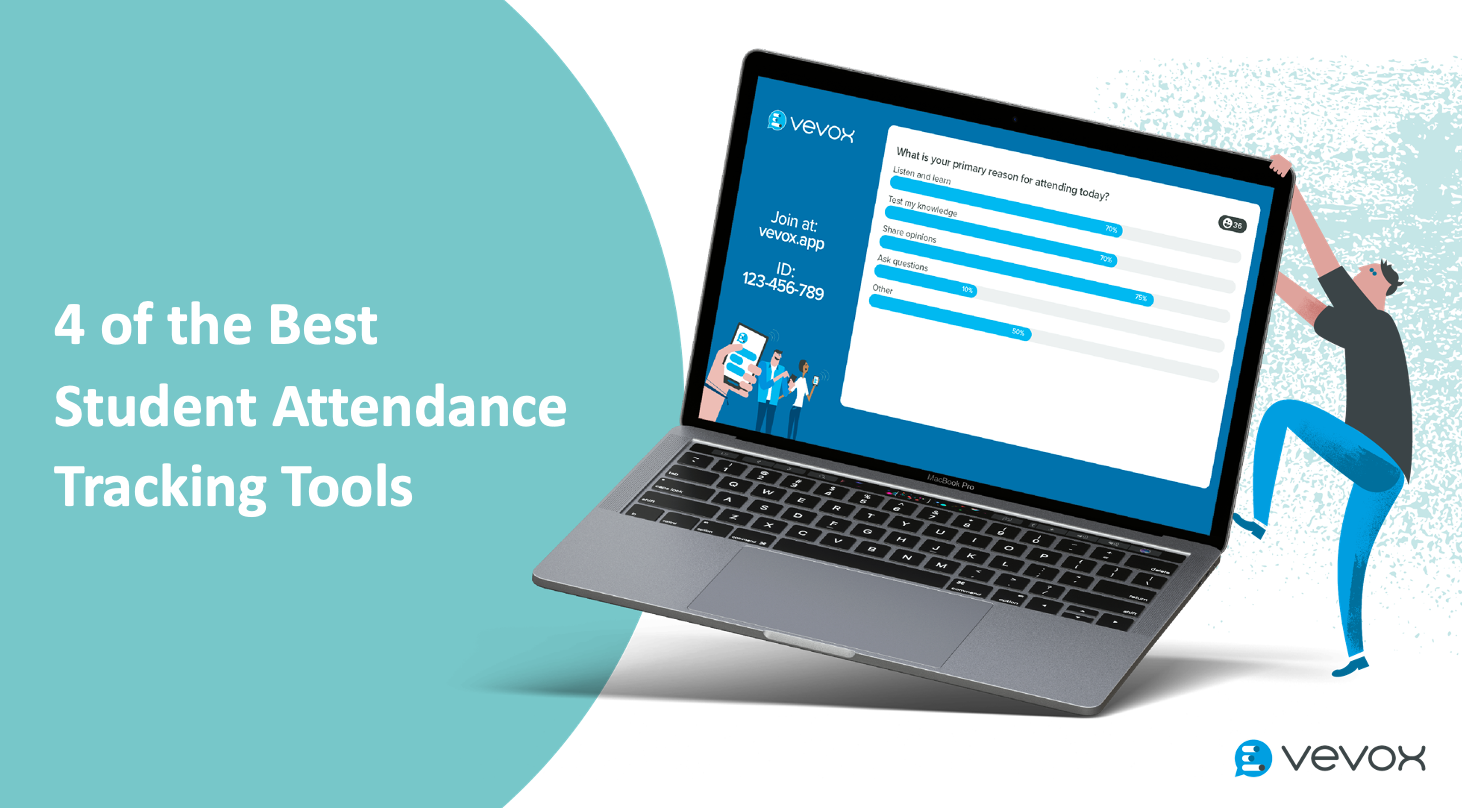I was thrilled to see Ian Livingstone’s keynote speech at this years’ ALT-C conference* since he has been a leading figure in the UK gaming business since the mid-1970s; he established Games Workshop and went on to take a leading role in Eidos, the videogame company that created Tomb Raider. When I was a teenager I spent half my life fighting orcs and ghouls underground in Dungeons & Dragons, and I also loved playing the interactive Fighting Fantasy storybooks that Ian co-authored with Steve Jackson. In these books you might encounter a bandit in a ruined tower, and be given several choices: “If you want to take him by surprise and attack immediately, turn to page 78. If you want to talk with him, turn to page 147. If you have the Cloak of Silence, turn to page 18.” These pages would describe the consequences of your choice and take your quest further onwards… unless you got killed, of course, in which case it was back to page 1.
There are many educational opportunities afforded by this kind of interactive branching story, and I’ve used them to develop resources from academic integrity for students (text) to annual appraisal meetings for academic staff (video). My colleague James Wilson from Health Sciences has used in-class voting with clickers to enable students to decide the course of live improvised drama that explores the complex interactions of people with mental health issues with health services. Although this format is both effective and popular, it requires actors, rehearsals and the confidence to improvise in front of an audience. I therefore wondered if it would be possible to create something more self-contained and easier to deliver in class.
There are many authoring tools that could be used, from free ones like Twine to professional multimedia tools like Articulate 360. I chose the tool that most academics already have access to and are familiar with; Microsoft PowerPoint. It is easy to link selected text to another slide, turning a linear slide deck into a branching network. The key reason for my choice, however, was to make use of the excellent Vevox add-in for PowerPoint, which enabled me to tightly integrate the polling with the story content. You can read more about the production process on my blog, including hints on how to draft your scenario – see also this great article by Paul Nelson.
The scenarios do not have to be complex, but can be used to present students with authentic situations that require them to evaluate and discuss the choices offered before making their choice. This even works with large cohorts in tiered lecture theatres, since students can simply ‘turn to their neighbours’. It is that discussion where real learning takes place, so it is important that the ‘correct choice’ is not always obvious. You can also encourage students to make poor choices and explore the consequences of those in a safe way. Links can be added to take you back from bad outcomes to key decision points, and the question re-polled so students can make a different choice.
Another possibility for less structured scenarios is to use moderated Vevox messaging and ask students to suggest a course of action at a particular point. The tutor could publish the best of these and ask students to ‘like’ them, and then talk about the likely outcomes of the most popular choices. This would be a great way to engage the whole class in problem-solving.
This is still very early days for this idea, and I’m looking for academic partners at the University of Southampton to co-create some real scenarios – but if this article has inspired you and you use the techniques described I’d be pleased to hear from you.
*ALT (Association for Learning Technology) is the professional body for people like myself who support the use of technologies in education.



.png)

